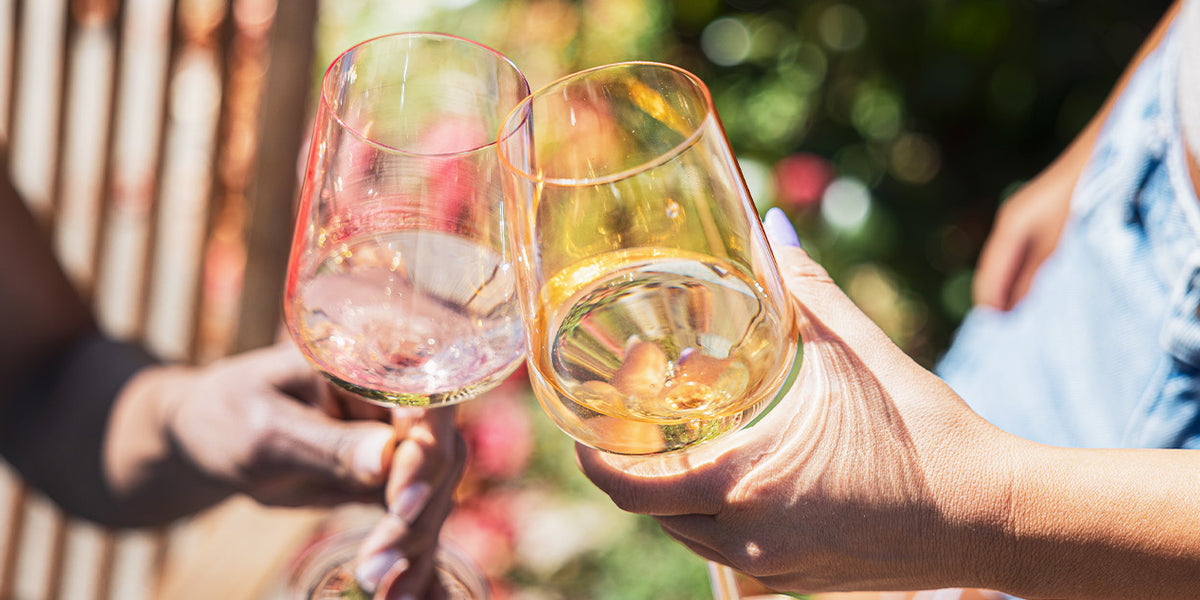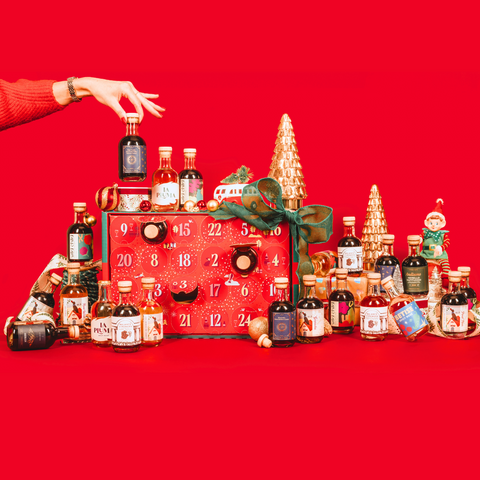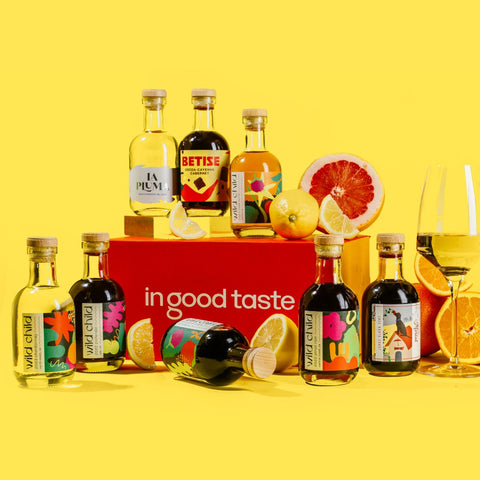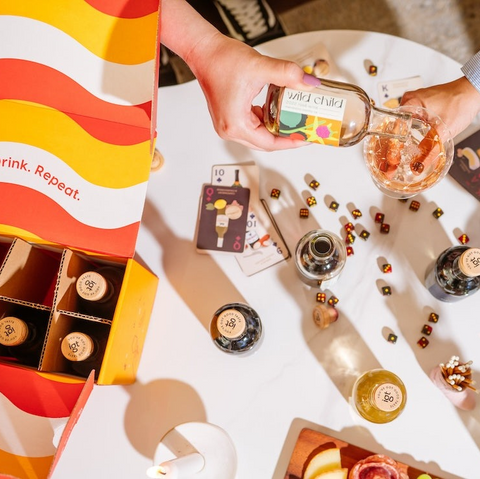The Spanish “Champagne”
When it comes to name recognition, Champagne might be the most well-known bubbly. Though it’s known around the world, it is by no means the only option available when it comes to sparkling wines — introducing Cava: the dashing, delightful (and typically lower pricepoint) sparkling wine from Spain.
Sometimes referred to as “Spanish Champagne”, this effervescent wine is flavorful, crisp, food-friendly, and generally less expensive than a bottle of real Champagne – but without sacrificing quality. Take some time to get to know this delicious sparkler, and you’ll quickly discover what makes it a perfect wine selection when you’re in the mood for something light and fizzy.
History, Name, and Origin
The first known Cava was produced in the mid-1800s, although it wasn’t named Cava at first. Up until the 1970s, sparkling wine produced in Spain was called Spanish Champagne or champaña. Spanish winemakers eventually adopted the name Cava to distinguish their product from French Champagne.

The word “cava” is Spanish for cave or cellar, and it refers to the cellars used to store Cava while it ages. Although Cava can technically be produced anywhere in Spain, 95% of all Cava is made in the Penedés region of Catalonia, Spain.
How is Cava Made?
Three main grapes are used during the production of Cava; Macabeu, Parellada, and Xarel-lo. Other grapes can be used, such as Grenache, Mourvedre, and Pinot Noir — especially in the production of rosé Cava — but these are the primary players when making a bottle of the Spanish bubbly. Macabeu is a neutral-tasting grape that adds body to the wine. Parellada adds aromatic qualities, and the Xarel-lo amps up the flavor with acidity and zest.

Cava is made with the traditional method used to produce Champagne, resulting in similarities in taste. This traditionelle method involves a second fermentation after the wine has been bottled, a process that creates the fine bubbles of Cava’s effervescence. Though its flavor resembles Champagne, a bottle of Cava is typically much less expensive. Bubbly that won’t break the bank — we love that!
How to Serve Cava
Cava is best served chilled and in a white wine glass. This combination of temperature and glass shape lets the wine breathe slightly, and the cooler temperature brings out the crisp, acidic flavor notes.
While Cava is an exceptionally food-friendly wine due to its sparkling nature and acidity, it pairs very well with tapas. There’s an adage in the wine world that says, “If it’s grown together, it goes together,” so dishes from Spain are an excellent choice to pair with a glass of Cava. For a more traditional wine pairing, try Cava with charcuterie and cheese.

See, Smell, and Taste Notes
Cava features sweetness similar to that of Champagne, so it can usually be placed into one of the following categories:
-
Brut Nature (bone dry)
-
Extra Brut (extra dry)
-
Brut (very to fairly dry)
-
Semi Seco (the sweetest variety)
Most Cava will either be Brut or Extra Brut, as it’s not overly sweet. Cava has a light to medium body and mineral notes with acidic aromas of zesty citrus. Aged Cava often takes on another layer of flavor, one that’s described as baked and nutty, thanks to notes of baked apple and almond or toasty brioche.

For a food-friendly bottle of crisp bubbly, look no further than “Spanish Champagne” – Cava. This delicious cousin of French Champagne is a perfect choice if you’re on the hunt for a bright and lively bubbly that won’t break the bank!









